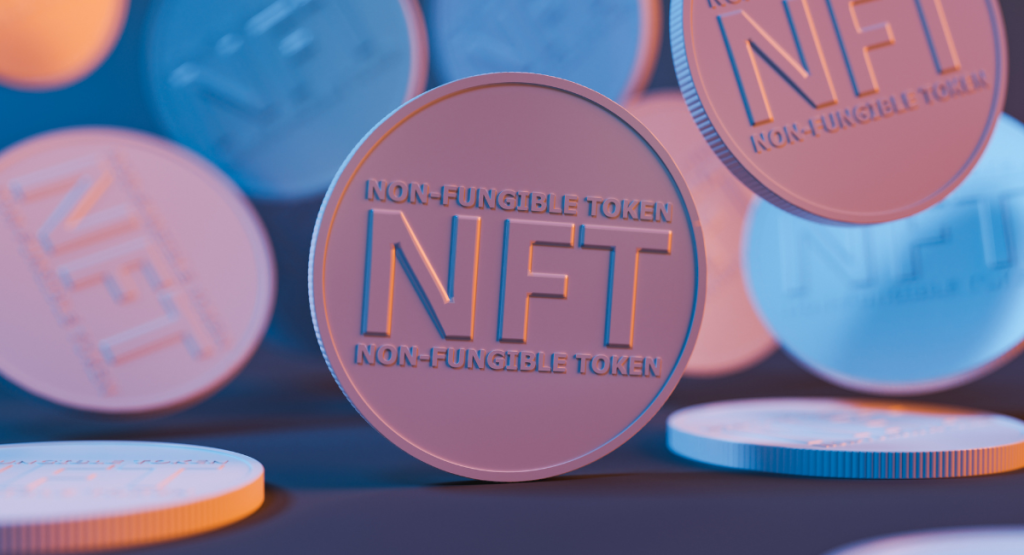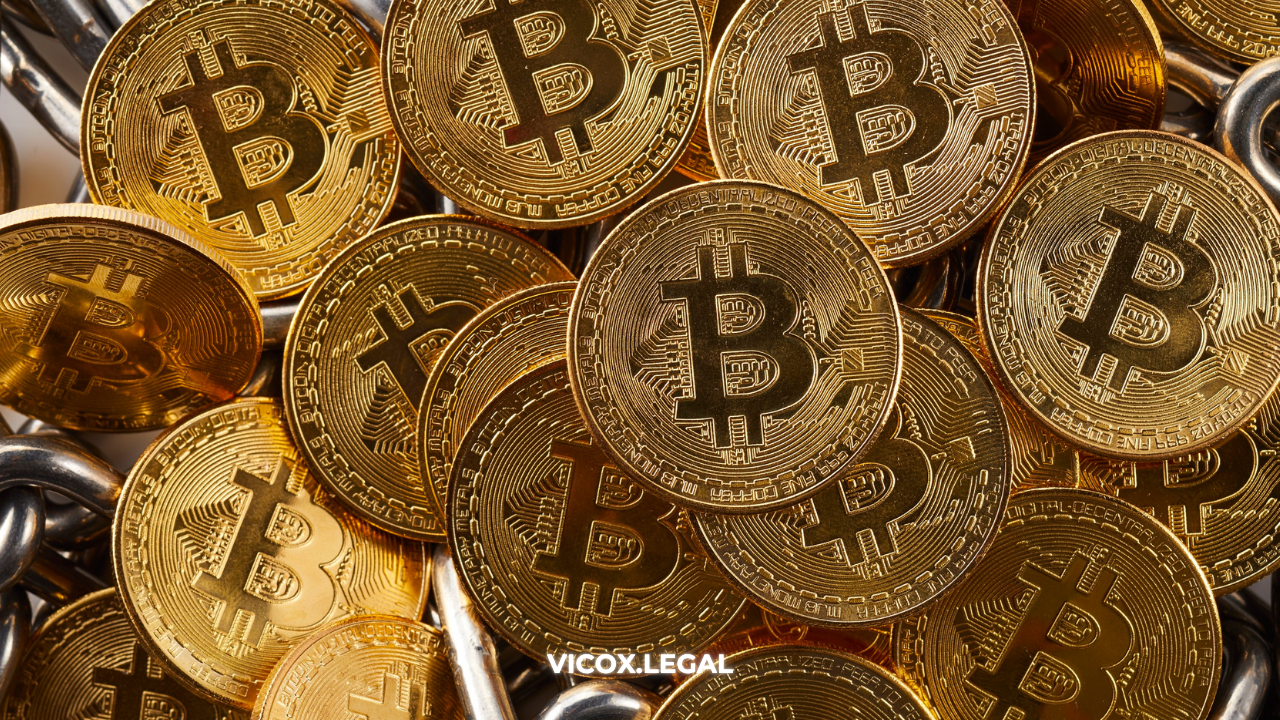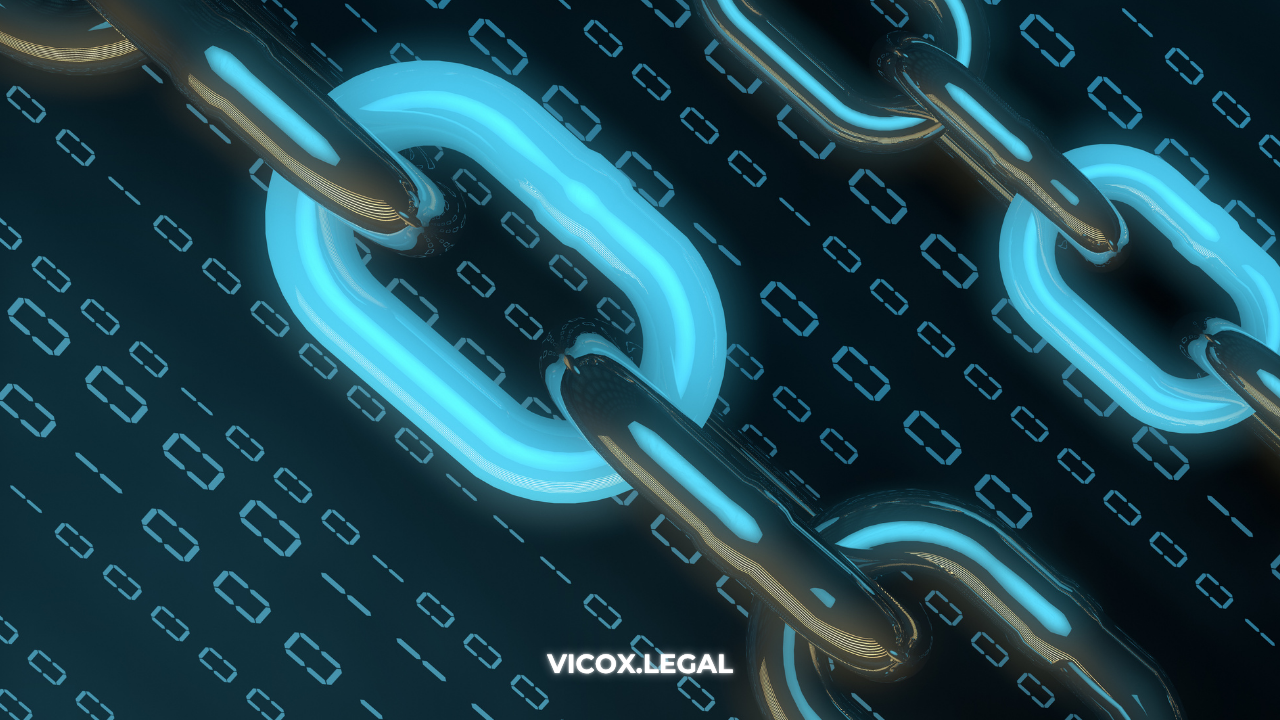
First of all, let's take a quick look at the concept of NFT, which has recently become very trendy in the crypto ecosystem. NFT stands for "non-fungible token", which refers to a unique, recognizable and non-exchangeable set of data. In other words, a token is a digital code that cannot be forged, since it is based on blockchain system, so thanks to its unique code it will always be possible to verify its authenticity.
These unique codes are associated to different digital files, generally being graphic or audiovisual elements, whether they are GIFs, audios, photos, videos or texts. In this case, the code allows us to associate such digital creation to an owner or a date, that is, to the most important information about its creation and ownership. It is important to note that an NFT verifies the ownership of the piece, it is not the piece itself, so they can even be copied, however, only the one with the associated NFT will be authentic.
Due to the recent boom of this type of technology, it has not been until March 2022 that we have received some first guidelines from the tax authorities about what treatment to give to the NFT ́s within the different taxes, although, there are still some doubts or questions to be clarified by the administration, which we are going to point out during this lesson.
We will begin by indicating that, according to the binding consultation V0486-22 of March 10, under the criteria of the Directorate General of Taxes, the purchase and sale of NFTs in an online auction constitutes a transaction subject to and not exempt from VAT, since it considers that the tokens do not have the financial nature of cryptocurrencies. Furthermore, it argues that the transfer of NFTs does not constitute a supply of goods, since there is no physical supply and, assuming that their creation does not respond to a prior order, their transfer could be classified as services provided electronically which, if they were deemed to be located in the territory of application of the tax, would be taxed at 21%.
The consultation studied by the Tax Authorities is based precisely on the case of a natural person who sells Photoshop-transformed illustrations and who asks the Tax Authorities what VAT rate he should be subject to. However, the agency recalls in its explanatory memorandum, the object of the sale is not the illustrations themselves, but the NFTs that "grant the buyer rights of use, but in no case the rights underlying the ownership of the work".
This small nuance, the text points out, is why these sales are taxed at the general rate and cannot benefit, for example, from the reduced VAT rate of 10% that traditional transactions of works of art do enjoy.
Well, we are going to gradually unravel all this information and approach it from different points of view, taxes and problems that could arise.

In the case of a company or a self-employed person, the seller, from the VAT point of view, must have a sales invoice, therefore, the buyer or recipient of the NFT must pay the VAT of 21%. This is the case if both buyer and seller are located within the Spanish territory. In the event that the buyer of the NFT is located in another country within the European Union, the tax rate to be applied will be that of the destination country, whereas, if the buyer is located somewhere else outside the European Union, the transaction will not be subject to VAT. However, this is where one of the first problems arises in the interpretation of this rule, and that, generally, the buyer makes the purchase from a public address without identifying the country of residence, so we can find ourselves with the problem of not knowing what VAT rate to apply to the transaction. In view of this, if we want to be completely conservative, the best solution, pending further clarification by the Directorate General of Taxes, will be to apply a VAT rate of 21% to the sale and purchase process, so that, in the case of an operation outside the national territory, we can correct it later, since this process will always be better than having to face a fine for non-payment of the tax, in addition to paying it.
For those cases in which the seller is an individual who owns the NFT, i.e., who is not the creator of this and decides to sell it, the rule indicates that it will be necessary to make a contract of sale, paying in this case the transfer tax, where the buyer will have to calculate the amount to be paid for this tax and pay it to the tax authorities based on the autonomous community in which he resides.
As far as personal income tax is concerned, we can distinguish two approaches, depending on whether the seller of the NFT is an individual or an entrepreneur or self-employed. For those cases in which the seller is a self-employed artist who has created his own NFT and from which he has subsequently obtained an income, such income must be included within the income from economic activities, in the general taxable base. And yes, regarding the question that many of you may be asking yourselves, in the event that you decide to start designing or creating this type of digital asset simply as a hobby or in search of an extra supplement to your daily occupation, I must inform you that in order to declare this income derived from the sale of NFTs it will be necessary to register as self-employed and declare them within this section of income from economic activity.
In those cases in which it is a private seller, the income obtained from the transfer of the NFT will be located within the part of the capital gains derived from the transfer, in the savings taxable base, and will be subject to the tax brackets described in the aforementioned section.




